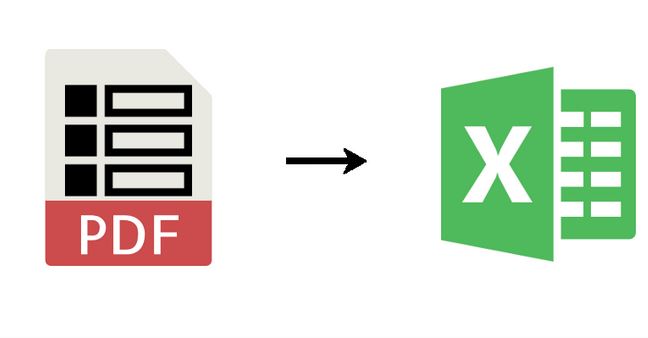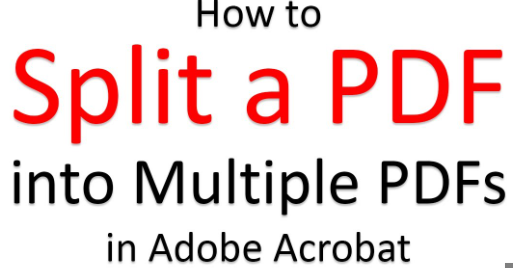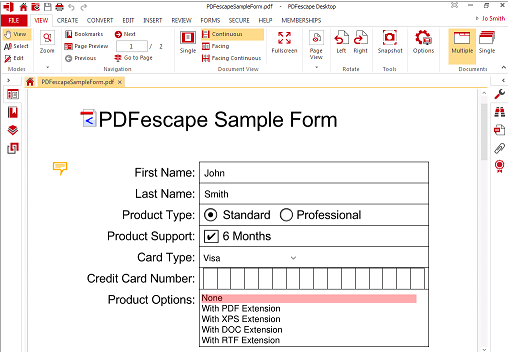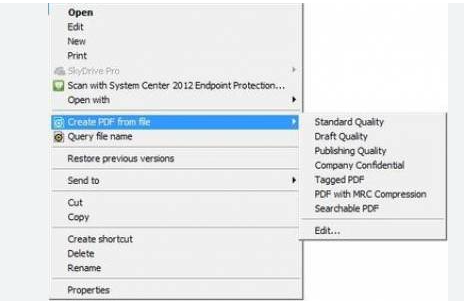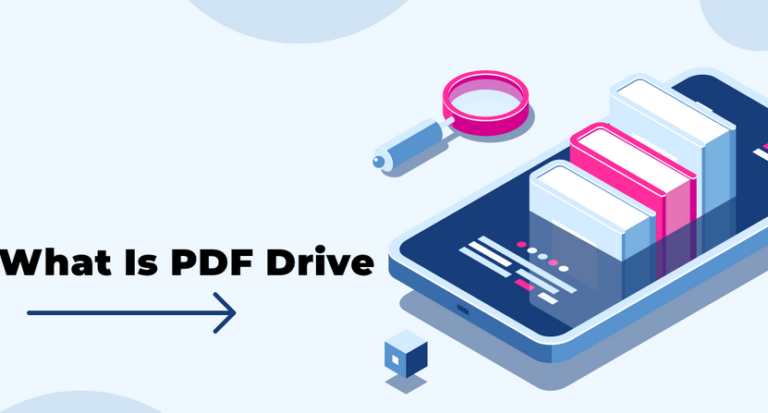How to Convert PDF to Excel for Data Extraction
In the realm of digital data management, the versatility of Excel plays a pivotal role. Converting PDFs to Excel is a common need, especially when dealing with tables, charts, or financial data. In this guide, we’ll walk through the simple steps of converting PDFs to Excel sheets effortlessly.
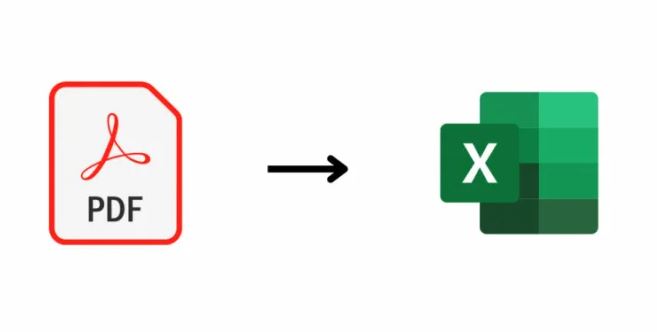
Understanding the Basics: Why Convert PDF to Excel?
The Excel spreadsheet format offers dynamic features that facilitate data analysis, manipulation, and visualization. Converting data from a static PDF to a dynamic sheet allows for seamless editing, sorting, and utilization of various Excel functions.
Pro Tip: Prioritize conversion for PDFs containing tabular or structured data, where Excel’s functionalities shine.
Choosing the Right Tools
Several online tools and dedicated software solutions cater to PDF to Excel conversion. Platforms like SmallPDF, and Adobe Acrobat, or online converters like Zamzar provide user-friendly interfaces for swift conversions. Installable software solutions often offer batch processing and advanced customization options.
Pro Tip: Evaluate your needs and opt for tools that balance convenience, accuracy, and security.
Step-by-Step Guide: Converting PDFs to Excel
Step 1: Select Your PDF File
Open the chosen converter or software. Upload your PDF file by selecting it from your device or dragging and dropping it into the designated area.
Step 2: Choose Excel as the Output Format
Specify Excel as the desired output format. Some converters might offer additional settings, allowing you to tailor the conversion to your preferences.
Step 3: Initiate the Conversion Process
Click on the ‘Convert’ or ‘Start’ button to initiate the conversion. The tool will process the PDF and generate a downloadable Excel file.
Pro Tip: Check for options to customize the conversion, especially if your PDF contains complex formatting.
Handling Potential Formatting Issues
While the conversion process is generally smooth, occasional formatting discrepancies may arise. To address this, utilize Excel’s formatting tools to align columns, adjust cell sizes, and ensure the accuracy of the data.
Pro Tip: Leverage Excel’s ‘Text to Columns’ feature for neatly organizing data into separate columns.
Efficient Data Review: Verifying Accuracy Post-Conversion
Once the conversion is complete, it’s crucial to review the Excel sheet for accuracy. Check for any anomalies, misplaced data, or formatting irregularities. Excel’s sorting and filtering functions come in handy during this review process.
Securing Your Excel Data: Implementing Necessary Precautions
It offers security features such as password protection and encryption. After converting your PDF to Excel, consider securing your sheet with a password to restrict access and safeguard sensitive information.
Pro Tip: Regularly update passwords and limit sharing access to maintain data integrity.
Optimizing Data for Excel Analysis: Advanced Tips for Users
Pivot Table Mastery
Learn to harness the power of Excel’s pivot tables to summarize and analyze complex data structures effectively.
Data Validation Techniques
Implement data validation rules to ensure accuracy and consistency in your spreadsheets.
Conditional Formatting Tricks
Explore advanced conditional formatting options to visually highlight trends and patterns in your data.
Utilizing Excel Functions
Delve into powerful functions such as VLOOKUP, HLOOKUP, and INDEX-MATCH to streamline data retrieval.
Customizing Chart Elements
Enhance data visualization by customizing chart elements, labels, and styles to convey insights effectively.
Advanced Features
Power Query for Data Cleaning
Utilize Power Query to clean and transform your data seamlessly. Hence, ensuring accuracy and reliability.
Macros for Automation
Learn the basics of creating simple. Therefore, this tool macros to automate repetitive tasks and boost efficiency.
Dynamic Charts with Named Ranges
Create dynamic charts by using named ranges, allowing your charts to automatically update as your data changes.
Advanced Filtering Techniques
Master advanced filtering options in Excel to extract specific data subsets and gain precise insights.
Collaborative Workbooks
Explore collaboration features in Excel, enabling multiple users to work on the same workbook simultaneously.
Conclusion
In conclusion, mastering the art of converting PDFs to Outpace empowers you with a dynamic toolset for efficient data management. Whether you’re dealing with financial reports, surveys, or any tabular data, this conversion process ensures that your information is not only accessible but also easily manipulable in the powerful realm of this tool.
